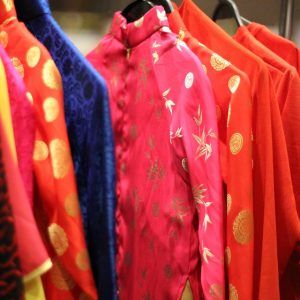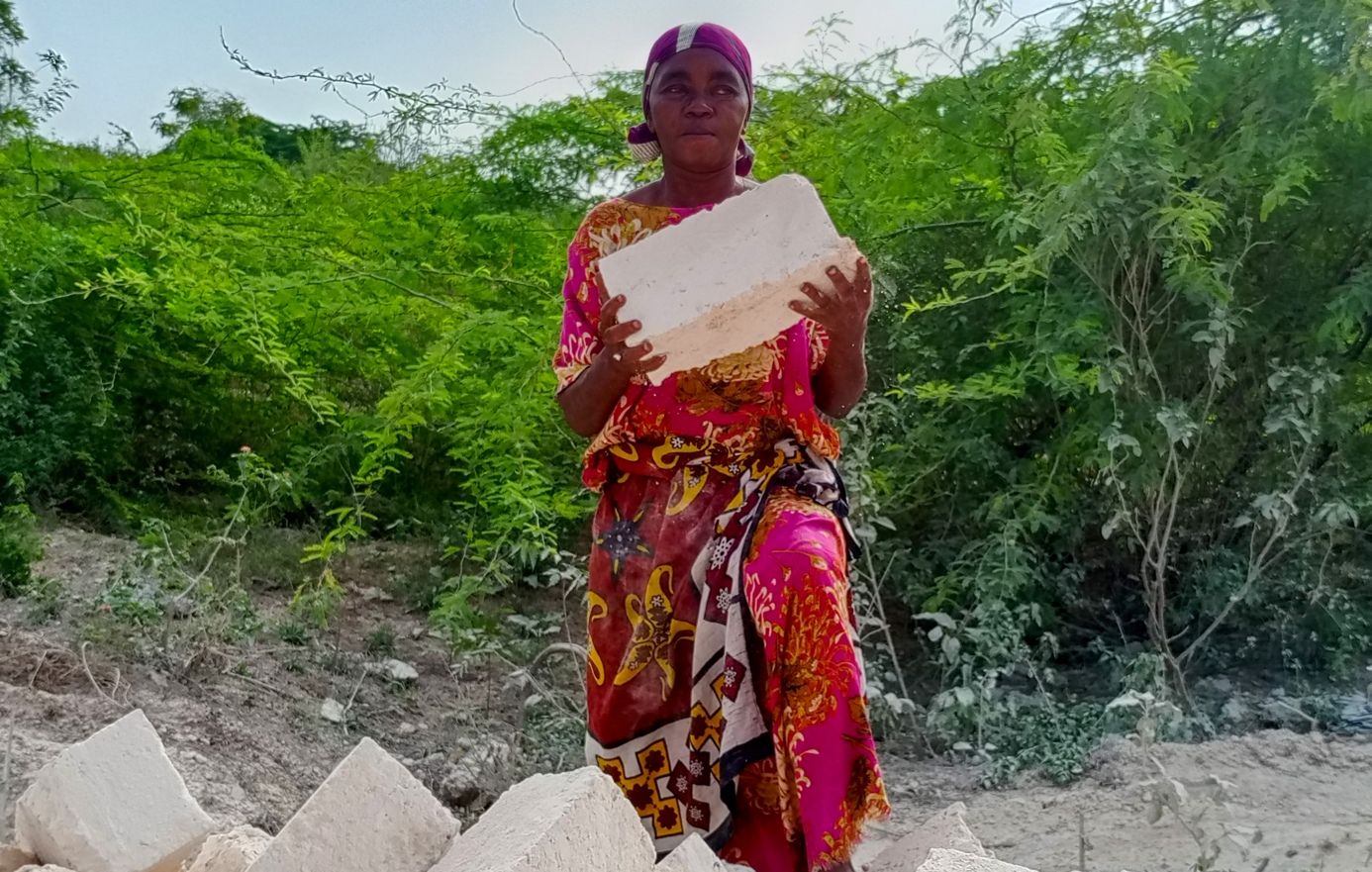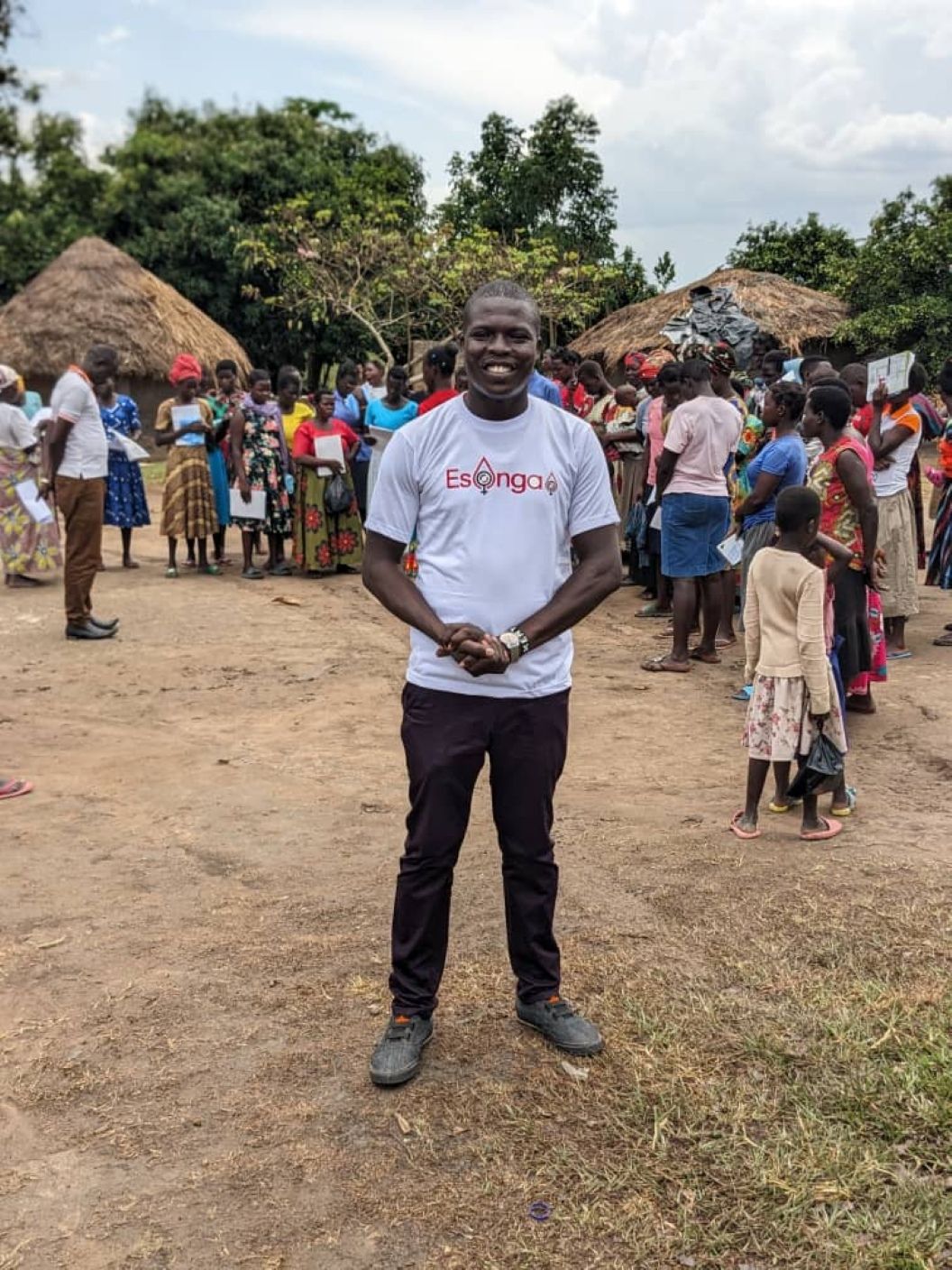[bctt tweet="The La Sape carries the conviction that Africans are not inferior to anyone and they have been using lavish fashion to tell us that since the 1920s." username="QaziniKenya"]
Their official name is the Society of Ambiance-Makers and Elegant People, but everyone just calls them La Sape. They trace their origins to 1920s colonial Congo, but their identity has shifted several times to move with the times.
The name La Sape means “dressed up” in French, and they represent a very unique element of African reaction to colonialism.
The roaring twenties
The first decades of the 20th century were a time of extreme upheavals in Africa. In just a few decades, European arms had cut through coastal defenses like a hot knife through Blue Band.
From the westernmost tip of Africa to the horn, European occupational armies were busy consolidating power over the African interior. Labor fluidity made Africa briefly intermixed, with laborers being moved increasingly long distances to work in massive colonial projects.
One of the most remarkable groups to set foot in Brazzaville and Kinshasa in Congo, at a time of European conquest, was the West African coast man.
After centuries of open interaction with European trade caravans, the West African coast dwellers had picked up a few things. Western style of dressing, for example, which made them stand out.
And like every other community in Africa, the native Congolese were labeled as inferior due in part to their native style of dressing.
Dressing for confidence
But while everywhere native Africans responded by treating European culture with scorn, La Sape culture took the exact reverse strategy. They took to Western fashion trends in a big way – and made it their own.
Essentially, members of La Sape added a measure of African elegance and spectacle to the western clothes, making them undeniably their own. It was a great way to stand out and command attention at home.
And when many Congolese moved abroad, their unique fashion sense allowed them to stand out in cities like Paris.
Fashion as protest
Prominent names in the La Sape in the 30s include Camille Diata, a founding member of L’Amicale in France. L’Amicale helped exiled Congolese to settle down in foreign cities where many moved for work.
Soon enough, La Sape was an overseas revolutionary movement with enough influence to become a serious advocate for the freedom of Congo.
By the 1940s, the organization was generating a ton of traction. Easily identifiable at home and abroad, members of La Sape started taking a prominent role in the global anti-colonial movement.
However, La Sape was soon sidelined by local intellectuals in the Congolese anti-colonial struggle.
Post-independence
Congo experienced years of civil war unrest following its independence from Belgium in 1960. Even more Congolese were forced to move abroad, strengthening the global La Sape society even more.
Even as Congo continued to experience wave after wave of civil warfare, La Sape continued to gain even more traction in the 80s and 90s. Subsequent regimes rewarded them with fashion shows and cultural events, shoring up their numbers in Congo significantly.
However, the incoming generations of La Sape have carved a new identity for themselves. Today La Sape is commonly used by marginalized youths to overcome social obscurity.
Expensive habits and poor earnings
A big part of the La Sape charm comes from the discrepancy between their earning levels and mode of dressing. For many of them, fashion is all they work for. Sapeurs are said to be happy even when they go hungry, so long as they dress “properly”.
From the onset of La Sape, it has been a community of humble laborers. At its foundation, most of the members worked as domestic servants for white settlers. To dress as flashily as they did, they had to spend all their earnings on their clothes.
Even today, many hold casual jobs as fishermen, electricians, plumbers, garbage collectors, etc. Hardly any of them have the big bucks to dress as flashily as they do.
Of course, this has brought the La Sape movement a fair amount of criticism.
The politics of identity
Historian Didier Gondola sums up the spirit of La Sape as high fashion among lower-class Congolese. In this definition, the low-class status of La Sape is taken for granted.
But were you to ask a La Sape, would they accept being of a lower-class? You will find that, for most, their high-class dresses elevate them to the superior class.
From its start in the 1920s, La Sape has always been about occupying the same station of life with colonial masters. High fashion was just one way to achieve this objective.
In spite of the criticism they attracted from the onset, the power of La Sape has never diminished. In fact, their influence has only been growing higher.
With just their clothes, they inspired the anti-colonial movement in Congo. Via L’Amicale, they also established a power base abroad. And for the rest of the continent, La Sape symbolizes pan-African ideals about identity.
La Sape is the living embodiment of “with a gentle tug, you can move the world.” Sure they spend too much money on their clothes; someone might even accuse them of being basic.
La special
What makes La Sape special, I would contend, is the fact that they have remained just as strong in their beliefs as they started. The La Sape carries the conviction that Africans are not inferior to anyone and they have been using lavish fashion to tell us that since the 1920s.
This is also what makes La Sape the beating heart of the pan-African agenda.
La Sape is about doing everything possible to maintain confidence in oneself. It is about refusing to believe the lie of inferiority even when one is down.
And I think we can all learn from the power of that.





